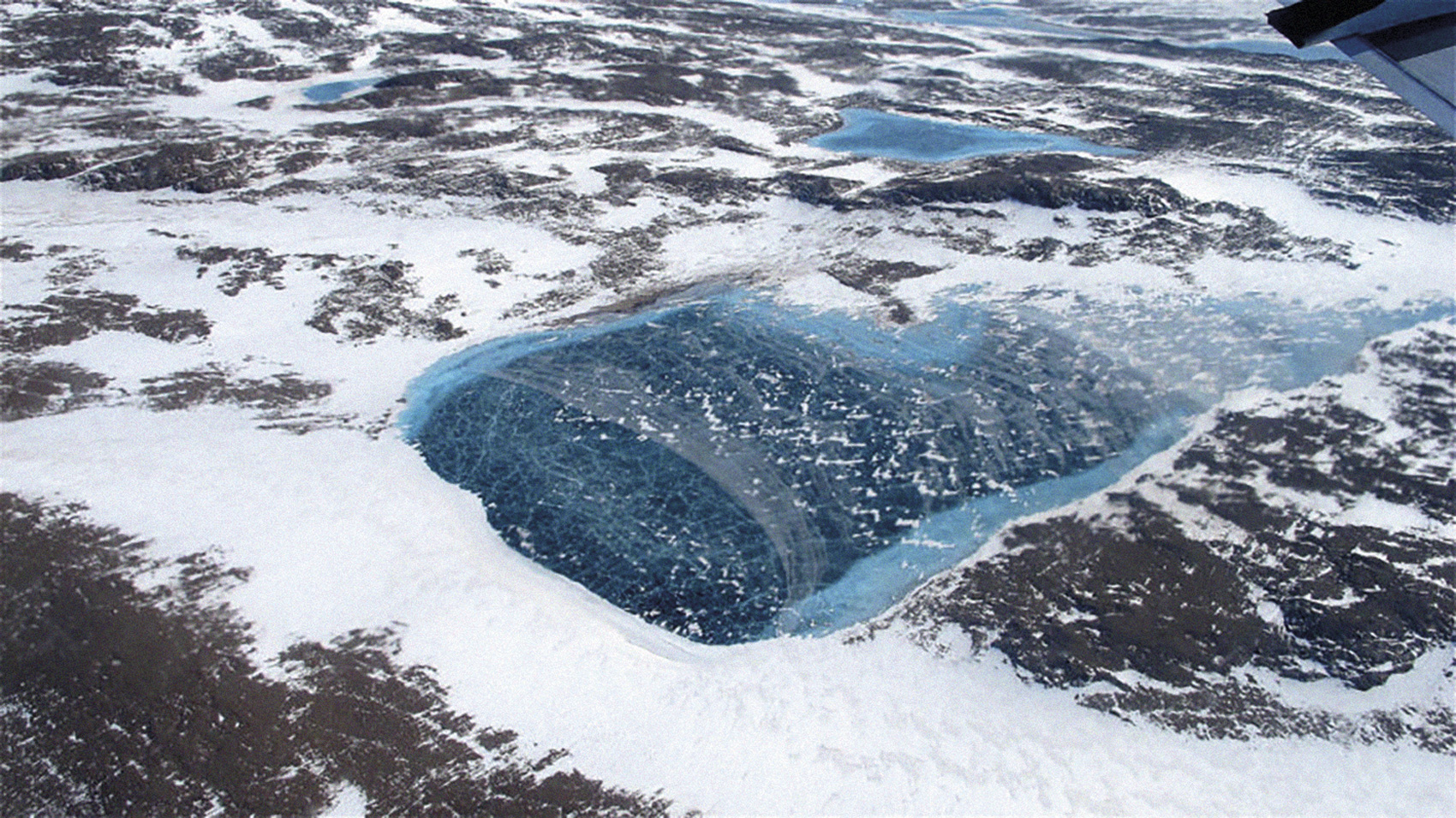The work of channelling the river near Chernobyl reawakens the spectre of nuclear pollution
- The Pripiat River began dredging in July to form a large canal linking the Baltic with the Black Sea. Nuclear waste from the damaged reactor in 1986 lies at the bottom of the river and environmental experts point to a higher risk of contamination in the area.

After nearly 35 years, Chernobyl still reminds us of the problems nuclear can bring in the very long term. Dragan to create the E40 canal, the largest natural canal in Europe, a few kilometres from the reactor and within the exclusion zone, the river Pripiat, awakening the spectre of nuclear pollution.
The canal would triple that of Panama and link the Baltic Sea with the Black Sea, passing through Poland, Belarus and Ukraine. The government of the latter country has given the environment for the dredging of the Chernobyl River, but according to the experts this goes against the recommendations of the International Atomic Energy Association, as we read in The Guardian.
According to the same source, the total cost of the canal project would amount to EUR 13 billion, which should be built between 13 and 15 dams, as well as dredges. “Wanting to build a dam and pass the boats down the bottom of the Chernobyl reactor river is amazing. It is the most polluted part of the exclusion zone,” explained nuclear physicist David Bolley and president of the Akro French association for the Control of Radioactivity to the newspaper.
In addition to causing radioactive damage to workers, Bolley says that pollution can affect people living below the river. The Ukrainian company Sobi has been the winner of the contract for the shipment of 100,000 cubic metres of crude oil. Its officials have explained that the water has been subject to continuous measurements and that operators have been protected with special equipment, although The Guardian has denounced that it has found no evidence to show that this is the case.
Just a few months ago, before the start of the dredging works, a large-scale fire caused a huge increase in the radioactivity rate in Chernobyl.
In addition to nuclear pollution, nature lovers are concerned about the impact of the project on the environment. In fact, the E40 canal will pass through the area of Lake Polesia, also called “European Amazon”. It is the largest place on the continent for the protection of migratory birds and also houses bison, wolves, bears and other endangered animal species.
Larunbatean, martxoak 3, Bure herrian (Meuse departamendua, Frantzian) 300 ekintzaile ahalegindu dira bertan gobernuak hondakin nuklearrentzako eraiki nahi duen biltegi erraldoiaren aurka kanpaleku berri bat eraikitzen. Ingurueak gau eta egun zaintzen dituen polizia talde oso... [+]
Orain arte inon jasota ez zegoen isurketa baten arrastoa antzeman dute oraingoan. Maiatzean, berriz, su-itzalgailu bat erabili behar izan zuten sugarrak amatatzeko.
Hogeita hiru urte dira azken uranio meatzea ustiatzeari utzi ziotela Bretainian, baina pozoiak ez du, itxuraz, ondorengo milaka urtetan lur horietatik mugitzeko asmorik. Reporterre.net-en argitaratu berri dute aferari buruzko erreportajea.














